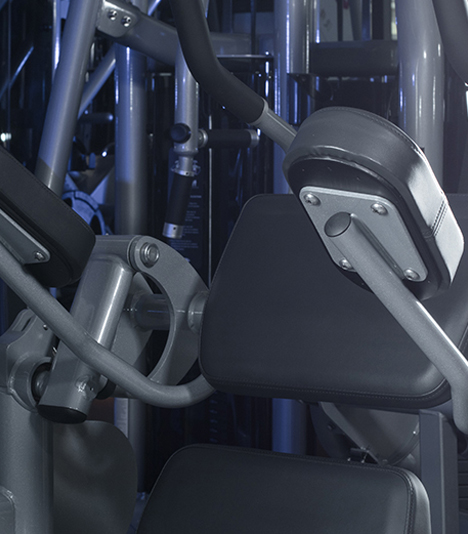Bonding powder coatings are designed to enhance adhesion between the coating and the substrate, providing a strong and durable bond. The types of substrates or materials that are most suitable for bonding powder coatings include:
Metals: Bonding powder coatings work exceptionally well on various metals such as steel, aluminum, iron, and zinc. These coatings can form a robust bond on metal surfaces, offering excellent corrosion protection and durability.
Plastics: Certain bonding powder coatings are formulated to adhere to plastic substrates effectively. Polyolefins, PVC, and thermosetting plastics are examples of plastic materials that can be coated with bonding powder coatings.
Glass: Some specialized bonding powder coatings are designed to bond with glass surfaces, allowing for decorative or protective coating applications on glass substrates.
While bonding powder coatings have significant advantages, there are also some limitations and compatibility concerns to be aware of:
Surface Preparation: Proper surface preparation is crucial for achieving a strong bond with bonding powder coatings. Substrates must be thoroughly cleaned and free from any contaminants, oils, or residues that could hinder adhesion.
Material Compatibility: Not all substrates are compatible with bonding powder coatings. Some materials may not provide a suitable surface for the coating to adhere effectively, leading to poor bonding results.

Temperature Sensitivity: The curing process of bonding powder coatings usually requires elevated temperatures. This may limit its application on heat-sensitive materials that cannot withstand high curing temperatures.
Flexibility: While bonding powder coatings offer excellent adhesion on rigid substrates, their adhesion performance on highly flexible materials may not be as effective. The coating may crack or detach when subjected to repeated flexing.
Coating Thickness:
Bonding powder coatings are typically applied in thin films to ensure optimal bonding performance. Applying them in thick layers may compromise adhesion and lead to coating defects.
UV Stability: Some bonding powder coatings may not be suitable for outdoor applications exposed to prolonged UV radiation, as they may experience degradation over time.
Adhesive Properties: The bonding strength of the powder coating relies on the chemistry and formulation of the coating material. Careful consideration of the coating's adhesive properties is essential to ensure it meets the specific requirements of the application.
To overcome potential limitations and ensure successful bonding, it is crucial to work with a knowledgeable coating supplier or expert who can recommend the most suitable bonding powder coating for a particular substrate and application. Proper surface preparation and following manufacturer guidelines for application and curing will also contribute to achieving the best possible bonding results.
